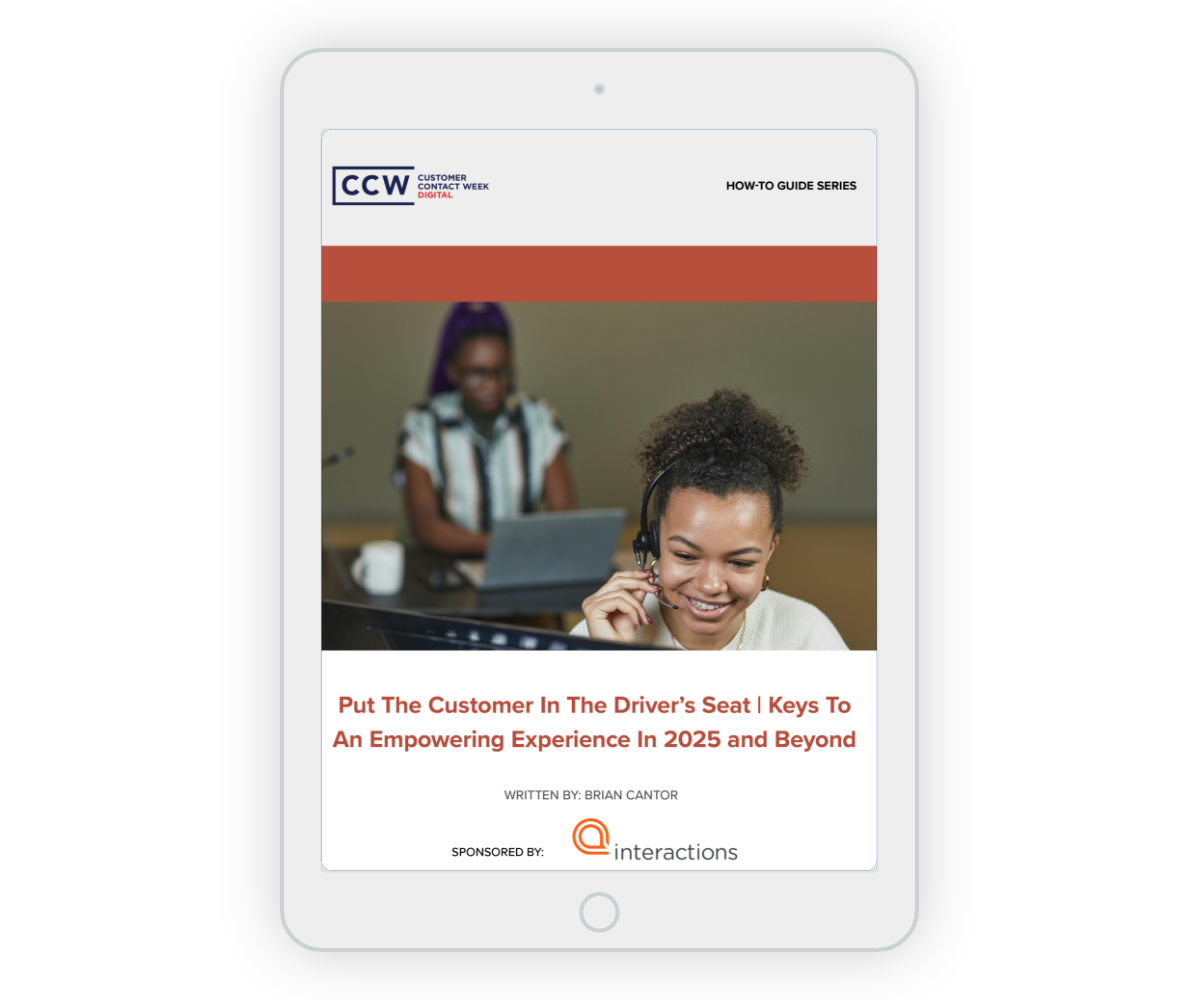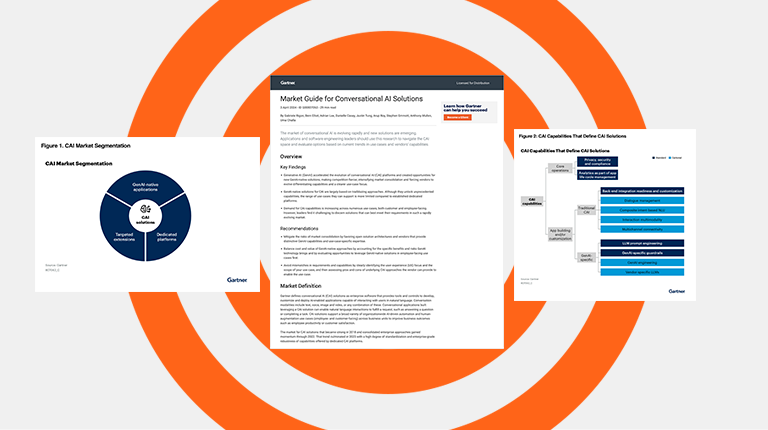Digital transformation has been a hot topic for years, and the pandemic has accelerated the consumer demand for better digital self-service offerings and customer experience.
In fact, in a recent report by Salesforce, 88% of customers say they expect companies to accelerate digital initiatives due to COVID-19. This has put pressure on brands to put things in motion–and quickly–in order to keep customers loyal and not fall behind their competitors.
Many brands jumped right in expecting to see big changes in a short time frame. However, some are now stopping to evaluate why their digital transformation may not be progressing as fast as they would like (or as fast as their competitors. If this sounds like you, it may be time to re-evaluate what is keeping you from your goals.
We have gathered five different insights into why things may be not working the way they should in your digital transformation initiatives around AI- powered digital self-service:
1. You’re using multiple vendors
Many companies engage with multiple vendors who are each building and delivering pieces of their solution. However, when trying to deliver a consistent customer experience, more is not always better. Many brands come to find that when all is finally pieced together, the results are often just subpar.
Working with a single vendor can often deliver better results. A single vendor will work step-by-step to design, integrate, implement, and launch a solution. And, if you are working with the right vendor, that vendor will be there to continue to work with you and your team to identify new for additional automation and improvement based on data collected, and be there to realign as business goals change.
A single vendor also has a vested interest in the overall solution and has the knowledge to look at it as a whole versus individual parts.
2. You’re not using a vendor (i.e. “doing it yourself”)
Many brands may consider themselves a “do it yourself” shop when it comes to implementing technology. However, by taking it all on in-house, you may be missing out on valuable resources like design expertise and legacy knowledge. Customers should have flexibility, influence, and ownership over what they are deploying. Finding a vendor who can offer the flexibility of a DIY solution with the customization, resources, and experience of a managed service could be a good option.
3. You’re not thinking long-term investment, but short-term wins
It’s easy to get caught up in the frenzy and pressure of getting things done, but that should not stop you from making sure the technology will continue to support your goals in the future.
Is the solution you implement today scalable across other channels tomorrow? Chatbots are the perfect example of this. They are limited to text channels and can only handle simple tasks. Therefore, when it comes to significant scalability, they fall short. However, many brands have implemented them to get a short-term win.
Another take on this is operating in silos across your organization. Is your marketing department implementing a CX technology for social media while the contact center is implementing a solution for telephony? Doing these things today might produce immediate results, but it won’t offer a consistent experience to your customers. It’s better to build a solid foundation that you can continue to build on for years to come–or you will find yourself in a dangerous game of Jenga in the future.
4. You’re focused on EVERY channel
Implementing as many channels as possible may seem to make sense as part of your strategy–your customers can get in touch with you however they prefer. But, if your customers aren’t using smart speakers to do business with you, then why would you invest your money to make that channel available?
A better way to go is channel optimization. This means focusing on the channels that your customers use the most and do them well. Even better? Take it one step further and think about optimizing the channel a customer is in, guiding the customer to the optimal channel for their task, and respecting channel choice for their preferred customer experience.
5. You’re not thinking about the customer
If you are trying to improve the customer experience, then of course you are thinking of the customer, right? However, many brands unintentionally implement solutions without taking the customer into consideration. You may think you are giving customers an easy way to get things done, but often that comes at the expense of customers having to speak or type a certain way or getting stuck in a never-ending loop–all leading to frustrating experiences.
You can have the best technology in the world, but if it’s not designed for your customer, your industry, and your use cases, it will fail your customers and the very thing you were trying to do–improve CX. Want to ensure your digital transformation truly empowers your customers? Learn how to design experiences that put them in control with our guide: Put the Customer in the Driver’s Seat: Keys to an Empowering Experience in 2025 and Beyond.




